Concertos by five composers tracing the meteoric trajectory of the modern violin as music’s star instrument provided a showcase for the talents of three soloists in the latest concert by Madeleine Easton’s Bach Akademie Australia.
The band’s founder and Artistic Director told the audience that later composers all “stood on the shoulders” of the Baroque masters – Antonio Vivaldi, Jean-Marie Leclair, George Frideric Handel, Georg Philipp Telemann and JS Bach – and went about proving it by knockout performances of five of their concertos.
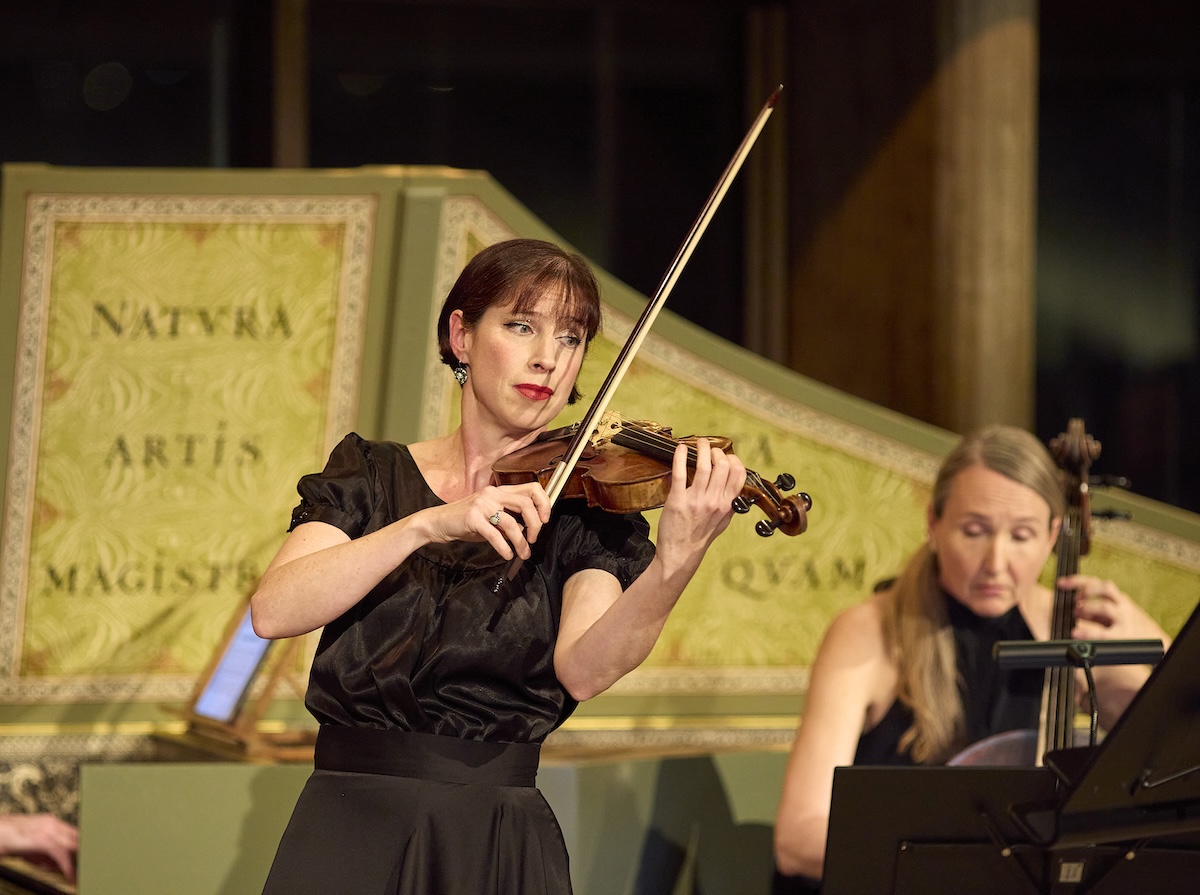
Bach Akademie Australia’s Madeleine Easton: The Art of Violin. Photo Keith Saunders
Easton opened proceedings with Vivaldi’s formidably challenging Il grosso mogul Concerto in D major, RV 208, with its massive cadenzas seemingly intent on leaving no virtuosic trick in the repertoire uncovered – double stopping, acrobatic runs across the full range of the fingerboard, furiously fast bowing and bariolage included.
Its first movement made for a foot-tapping and arresting opening to the evening with cello, harpsichord and theorbo underpinning the long upwardly winding lines of the Grave slow movement and the...
Continue reading
Get unlimited digital access from $4 per month
Already a subscriber?
Log in


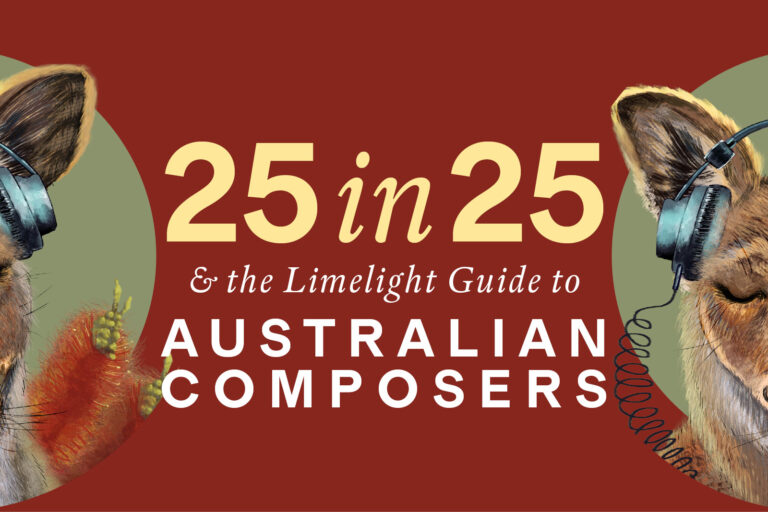

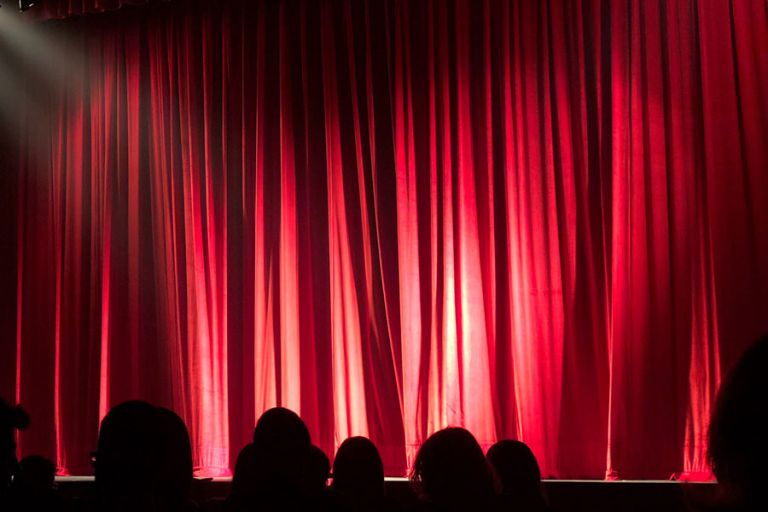
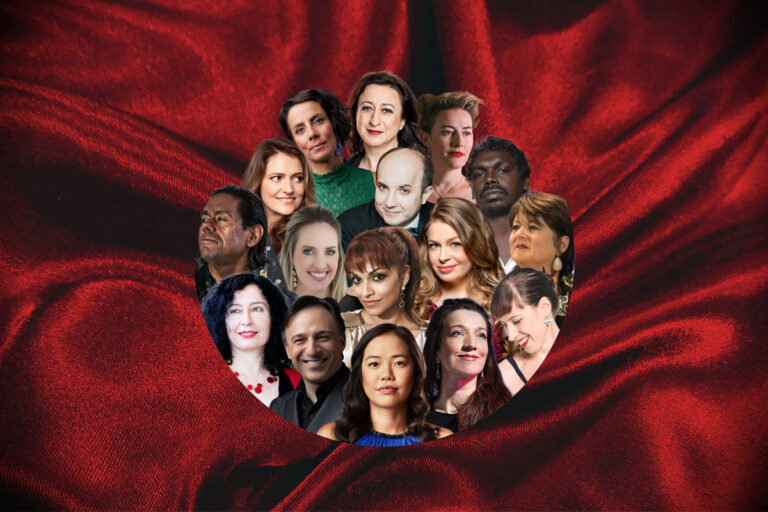
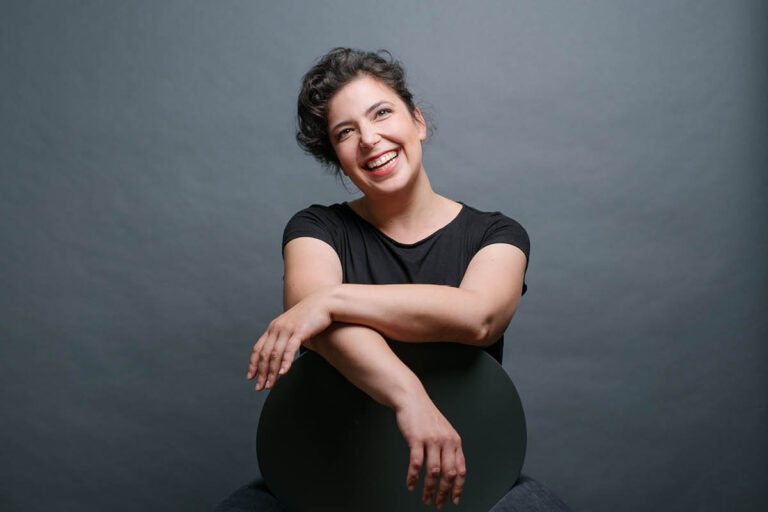

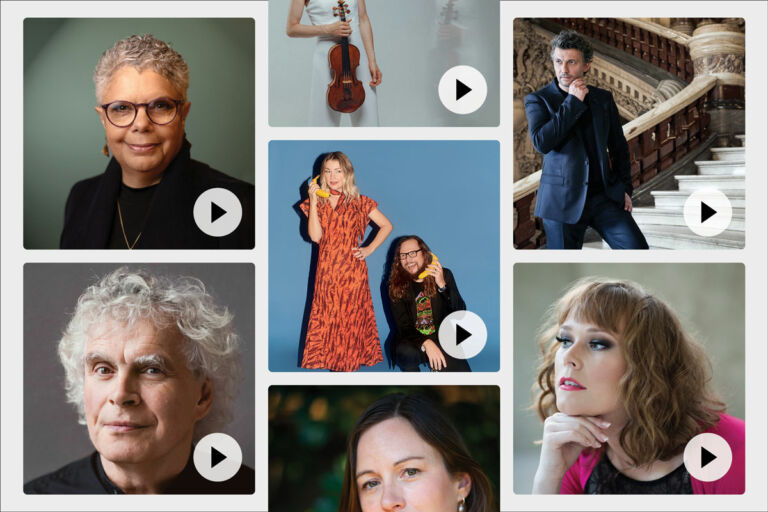

Comments
Log in to start the conversation.